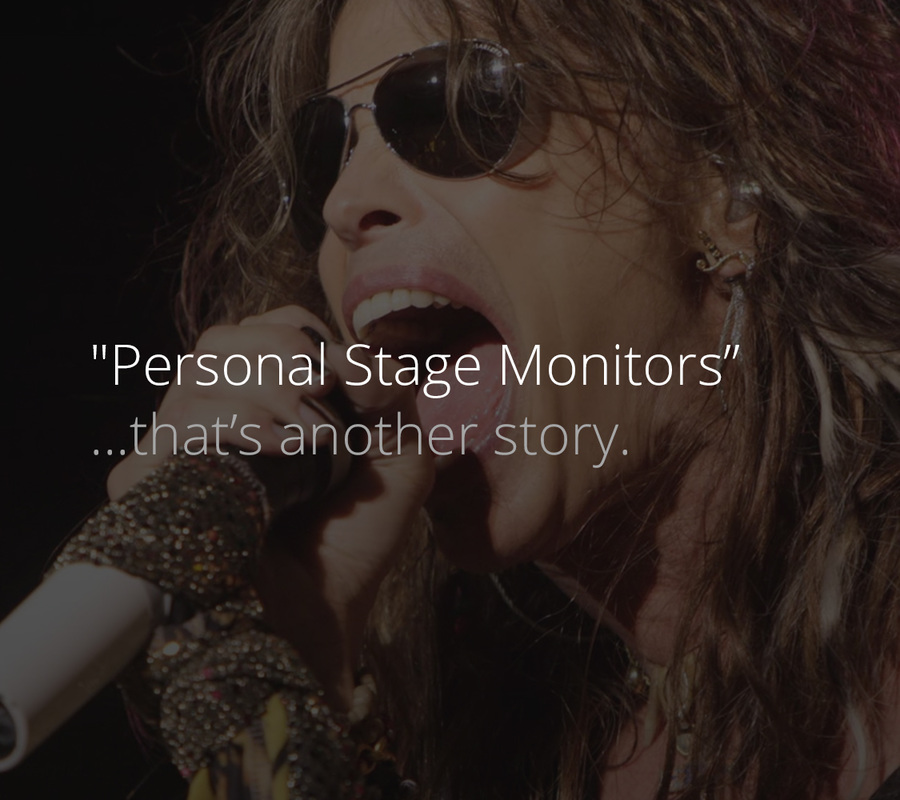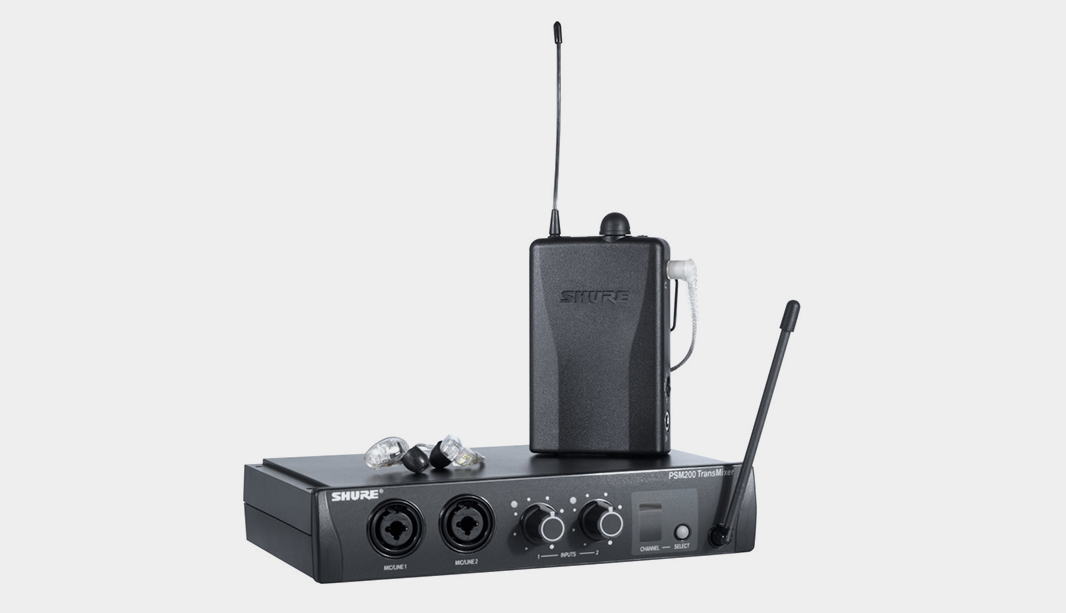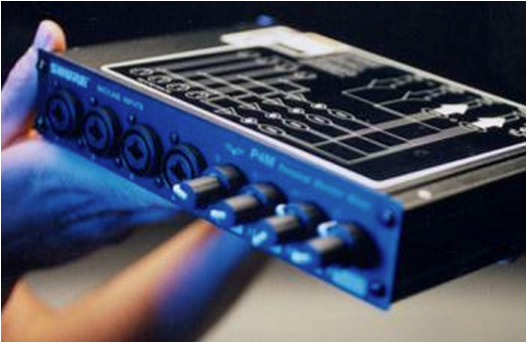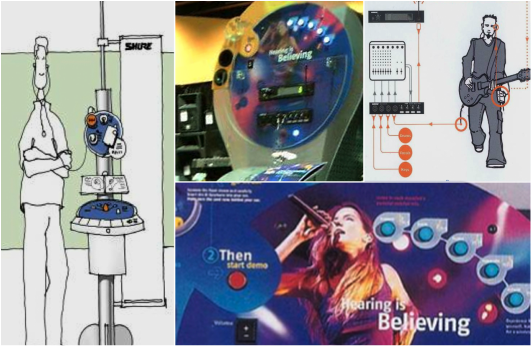The Problem
A technology-centered prophylactic device.
Shure was well-known for setting the standard in the industry for music and communications technology, associating itself more with the audio engineer than with the performer. The epidemic hearing loss in performing musicians due to increasing sound levels onstage, however, caught Shure’s attention and the company began to think about ways that it might develop some prophylactic solution to reduce hearing loss: that vision translated into a way to convert stage wedges (the large speakers that feed back a performer’s sound to him or her on stage) to Wireless Ear Buds that would reduce hearing loss. While the new product succeeded at prevention technically, the question remained: How would musicians respond to a product story of technology and hearing protection?
Our Research
Our ethnographic research explored the real on and off stage experiences of musicians.
We immersed ourselves in the lives of musicians, bands, garage rehearsals and live performances. As part of our fieldwork (which included interviews and displacements) we had musicians replace their wedges with modified wireless electronics, and Earplug Monitors. We also displaced practice sessions for a month and concluded with a live performance.
What We Discovered
Not surprisingly, a story about hearing aids didn’t appeal much to the performers in Shure’s target market.
A New Framework and Product Story
The Personal Stage Monitor System.
The PSM system reframed the product, changing its positioning from hearing protection to what truly matters to musicians at all levels: Sound Quality, Control, Mobility and Portability. Contrary to popular wisdom, we discovered that artists do want to control their own sound levels. The Personal Stage Monitor eliminated stage monitors and created a dramatic change in how artists experience their performance, providing a consistent stage sound never experienced before and allowing artists to improve their performances, and “garage bands” to hear stage sound in their garage.
Our design of the PSM System was developed in conjunction with a new social model that helped Shure understand the relation between artists and engineers, which we titled: from “journeymen” to “stars”:
Our design of the PSM System was developed in conjunction with a new social model that helped Shure understand the relation between artists and engineers, which we titled: from “journeymen” to “stars”:
Design Process
Prototypes and Development Process
The Solution
The PSM System
Product family strategy: SE-215, SE-315, SE-425, SE-535
Wireless System Design
The Outcome
|













